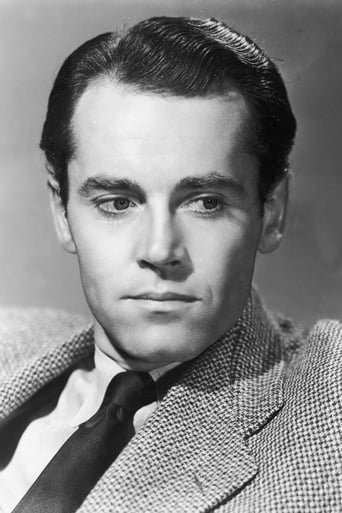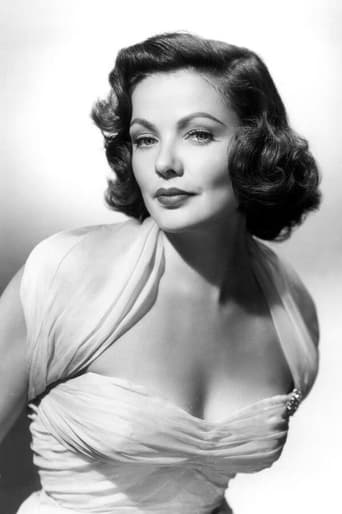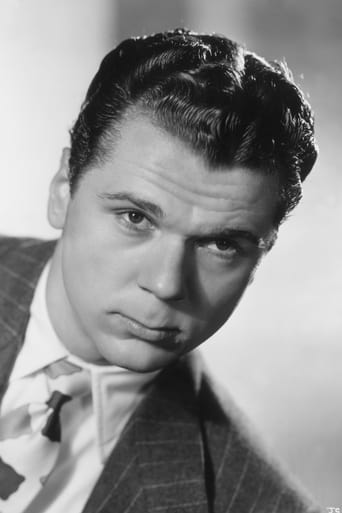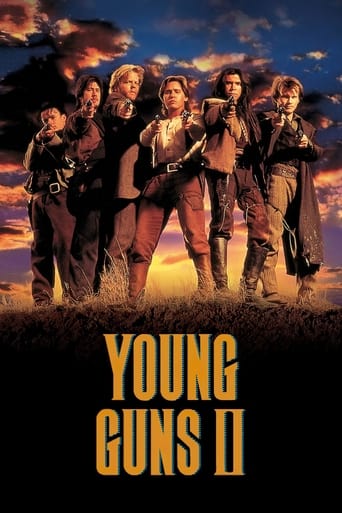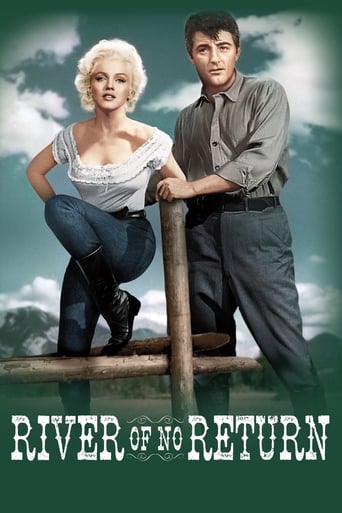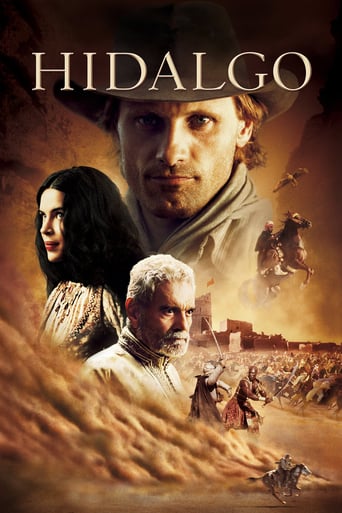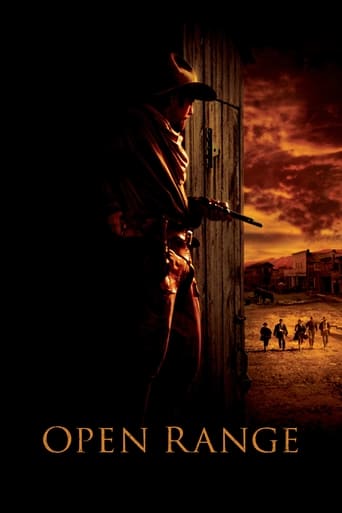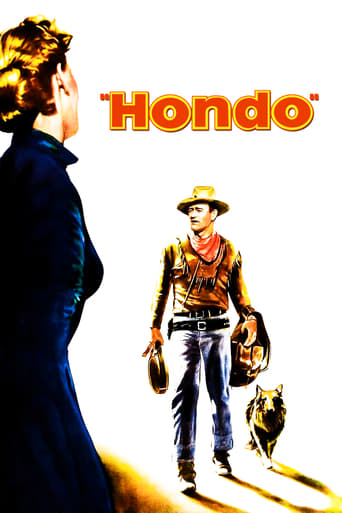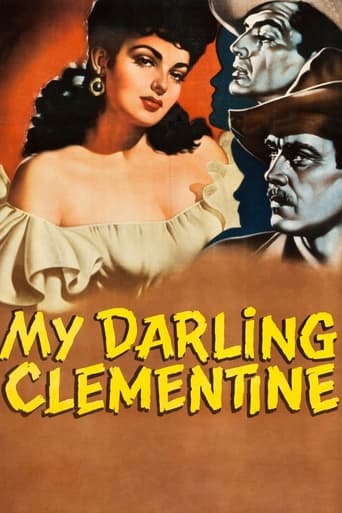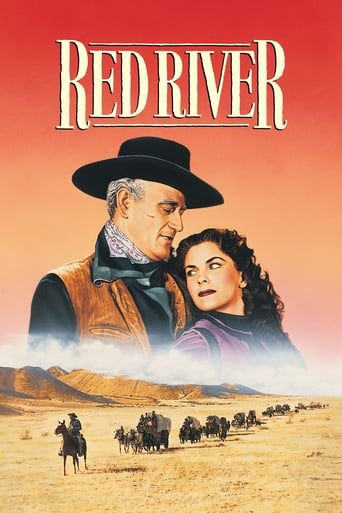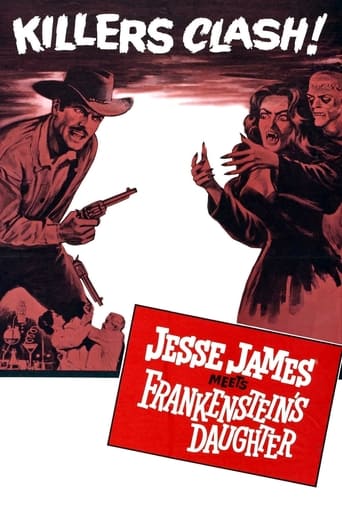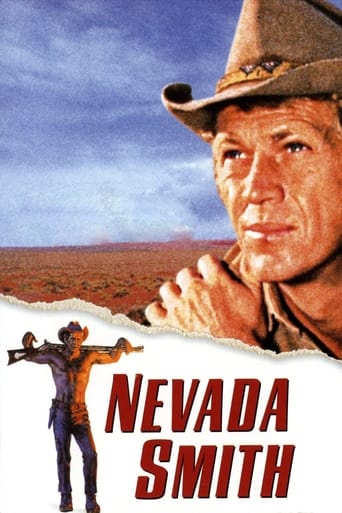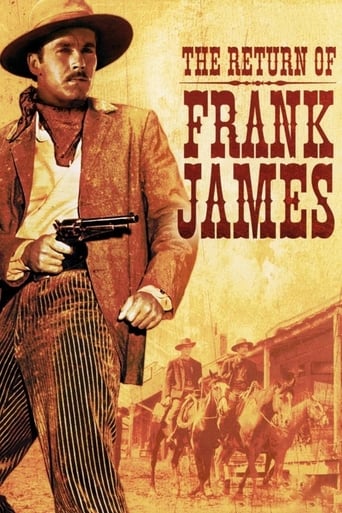
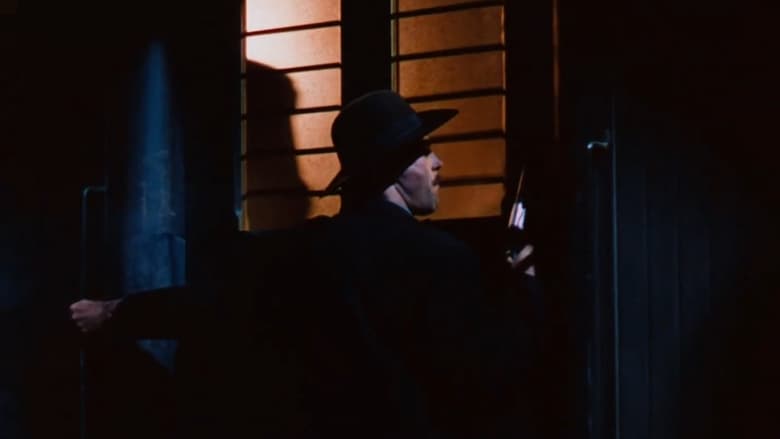
The Return of Frank James (1940)
Farmer Frank and his ward hunt brother Jesse's killers, the back-shooting Fords.
Watch Trailer
Cast


Similar titles
Reviews
1939 and '40 saw Henry Fonda involved in his greatest string of classic biops and classic novel film adaptations, though not always the lead character nor most remembered character. This includes "Jesse James". "Young Mr. Lincoln", "Drums along the Mohawk", and "The Story of Alexander Graham Bell" in '39, followed by the '40 "The Grapes of Wrath", as well as the present film, where he reprises his role as Frank James, in a sequel to "Jesse James", his brother having been killed at the end of the previous film, and he out to do justice to his brother by assassinating the killer. While this film scores significantly lower mean rating at this site than these other films, I find it the most entertaining of the bunch, having seen it numerous times over the years. Never mind the gross historical inaccuracies and many contrivances of the screenplay. Like "Jesse James", it was a rare film of the times shot in Technicolor. It makes sense that Frank might try to kill the assassin of his brother. Historically, it just didn't happen that way. Incidentally, this site has it wrong that the Ford brothers died within a few months of killing Jesse. Brother Charlie killed himself 2 years later while suffering from terminal TB. Brother Bob lived another 10 years, moving around to several parts of the West, but not Denver, as portrayed in the film. However, at one point in the film, Frank and adopted son Clem(Jackie Cooper) are riding to catch Bob(John Carradine) in the mining town of Creede, CO, to which Bob fled after Frank and Clem chased him out of Denver. Historically, this is where Bob was finally assassinated, after setting up a business there. However, that's not how the screenplay tells it. Also, the theatrical play in Denver, in which the James brothers hold up a woman, to be thwarted by the Ford brothers, alludes to the historical fact that Bob did stage reenactments of his killing of Jesse, in the early years after the deed. Frank's appearance in the balcony induces Bob to flee, Frank jumping to the stage, Booth-like, in pursuit.Gorgeous Gene Tierney has her first film role, as leading lady Eleanor Stone: the late teen daughter of the editor of a Denver newspaper. She seems a tad formal in her demeanor and deliveries, perhaps due to her scripted finishing school training. Also, I see what she meant when she reportedly began smoking to hopefully lower her voice, as it does sound a bit like Minnie Mouse here, at times. ..The original idea was that she and Frank would form a romantic pair. However, due to outside considerations, it was decided to tone down this romance, resulting in an awkward goodbye scene, to end the film.Although Frank was involved in 3 gun battles that resulted in 3 deaths, the screenwriter was careful not to implicate a bullet from Frank's gun as being directly responsible for any of these deaths. During his night robbery of the Midland Express office, a bullet fired from outside into the building was shown as causing the death of the watchman, blamed on Frank. During a gun battle with Charlie Ford, Charlie slipped on a high ledge to his death. The final drama of the film has Frank engaged in a hide and seek shootout with Bob in a dark livery stable. Bob had just engaged in a gun battle with Clem, outside the courtroom, immediately after Frank was acquitted of charges. As it turned out, the wounds Bob and Clem inflicted on each other proved fatal within a short time, Bob dying from Clem's bullet while engaging Frank(at least, it's fairly novel).Humor is mainly concentrated in 2 segments. First, Clem's fanciful story about how Frank died in a gun battle in Mexico, which Eleanor(Gene) has printed in the newspaper, to her later embarrassment. Also, the related tying up of bespeckled railroad detective Runyan in their hotel room, stuffing him in their closet, to be discovered by the freaked-out maid....But the major theatrics are provided by Henry Hull, in part, in bits here and there, but concentrated during Frank's trial, in which he serves as the defense council, attacking the prosecution and defending his client with all the awesome fury of an enraged pit bull, injecting bits of sarcasm and humor here and there. This is what you will most remember about this film! Fonda occasionally adds his own dose of laconic sarcasm, in remembrance of the rather similar court scene in the previous year's "Young Mr. Lincoln". In that scene, Fonda was the defense attorney, and Donald Meek, who has a subsidiary role in the court scene in the present film, was the prosecuting attorney. Fonda played Lincoln's laconic self: very different from Hull's continuously bombastic performance. Tall, imposing, Russell Hicks takes the place of short, balding, Meek, as the prosecuting attorney in the present film. Although, like John Carradine, he played a role in several hundred films, this is the only one I remember him in. The trial nearly turns into a reenactment of the Civil War, as Hull recounts, in dramatic fashion, the probable killings of Yankees by Frank's revolver('weepin'), and the depredations of the blue coats and other Yankees on the local southern sympathizers. Despite Frank's admitted guilt in robbing the Midland office, not to mention forcing another railroad watchman to flag down an express train so Frank and Clem could hurry to KC to hopefully prevent the execution of their innocent friend Pinky, the jury incredulously declares Frank not guilty of all charges. This dramatically shows the still very anti-Yankee feeling of the people in this region. Historically, Frank was acquitted of the several charges relating to the robberies of the James Gang, although he spent a year in jail, awaiting trial.
This was an adequate sequel to the 1939 film "Jesse James", but not nearly as good as the original. To keep continuity intact, Henry Fonda returns as the title character, and other actors reprise their roles from the earlier picture as well. Particularly good was Henry Hull as the bombastic Major Rufus Cobb, along with John Carradine as outlaw Bob Ford.Except for the embarrassing fabrication of Western history, the film stands as an entertaining story and a nice showcase for the film debut of Gene Tierney portraying Eleanor Stone, a reporter for the Denver Star newspaper run by her father (Lloyd Corrigan). However I couldn't warm up to the casting of Jackie Cooper as Jesse James' grown up son Clem. I guess I'd seen him in just enough 'Our Gang' shorts to make him seem less credible as an outlaw here. One thing is certain, his death scene in the picture is one of the corniest I've ever seen, virtually throwing his head aside as he expires. It just didn't seem believable to me.One other comment I would make has to deal with the horses Frank and Clem rode during their getaway ride. They were lathered to such a degree that it made me wonder if that was really possible after a hard ride. But at least these steeds stayed on their feet, as opposed to the wild spills taken by the horses in "Jesse James". In that one, Henry Fonda's mount went over a cliff in a virtual somersault, and I would venture to guess, a stunt like that could never be duplicated again.
Some things in cinema never seem to change. The cash-in sequel is one of them. Fox's 1939 Production of Jesse James was an almost perfectly constructed example of that rare thing – a Western drama. Sure, it had an appropriate amount of action and cowboy business, but it also granted depth and humanity to its characters, giving as much weight to its intimate moments as its rip-roaring ones. In contrast, The Return of Frank James is a hearty cliché-fest, cheaply made and with an uncomplicated script by the disappointingly un-prestigious Sam Hellman.The director here is Fritz Lang, a man now best remembered for his starkly Germanic silent pictures, and the poverty row noir thrillers he made later on. A heroic Western would seem to be the absolute antithesis of his comfort zone. But there was another Fritz Lang, one of carefree, comic-book adventure, who made pictures like The Spiders, Frau im Mond and The Tiger of Eschnapur. True to the simplistic material, Lang shoots the action scenes with an emphasis on pace and excitement. And yet you can recognise his outsider's approach to the genre. Rather than showing off the vastness and beauty of the old west, he presents it as a harsh, almost alien terrain, full of barren mountains and spiky trees. But this doesn't come across as a cynical rejection of the romanticism of the frontier – after all he still draws attention to natural beauty in the scenes at the farm. It seems more the case that Lang wishes to show the west as a perilous landscape, making the adventure more frantic and the danger more genuine.You might also expect a director like Fritz Lang, whose shot composition was all about piercing shadows and swathes of grey, to struggle on his first Technicolor assignment. However Lang makes brilliantly restrained and practical use of colour, and really its no wonder since he pays such attention to detail in his shot compositions. In the first few scenes he strictly limits himself to a scheme of yellows and greys. Then, when Henry Fonda realises it's time to hunt down the Fords, we are suddenly jolted by a close-up of his gun wrapped in a bold red cloth. Throughout the picture Lang uses colour schemes to give mood and tone to each location, and even help define character. In the scene where Gene Tierney's character is first introduced, she is wearing a grey and maroon outfit that blends in with the plush décor of the hotel parlour.As with many directors with a strong visual style, Lang's Achilles heel was getting the best out of his actors. Lang seems to have had a particular fondness for hams and hamminess, and does not seem to have encouraged naturalism. The camera seems to linger longer than strictly necessary on the cartoonish comedy business of Henry Hull and Ernest Whitman. Henry Fonda seems barely interested and does little more than recite his lines. Gene Tierney is rather feeble, although to be fair this is her screen debut. Jackie Cooper is merely average. To be fair though, the screenplay doesn't really give any of the leads a chance to show off their dramatic skills. On the other hand, John Carradine, who for a primary villain has a bizarrely small part with virtually no dialogue, is nevertheless at his dastardly best, and effectively menacing in his wordless appearance at the end of the court scene.Lang by now had a reputation as a tyrant on the set and a pain to producers, and as such he was now being passed from studio to studio and assigned second rate projects like this. And while he clearly had respect for the American motion picture, he had become and would remain a Hollywood misfit. I suspect Henry Hull's constantly referring to Frank James' gun as a "weepon" may even have been a cheeky joke at the expense of Lang, who might have unknowingly been making the same mispronunciation. And yet it is really only Lang's odd yet innocently enthusiastic take on the Western that gives The Return of Frank James character, and make it at all worth watching today.
Return of Frank James, The (1940) *** (out of 4) Fritz Lang directed this sequel to Jesse James, which picks up right after the Ford Brothers shot Jesse in the back. Hearing that the brothers got off with murder, Frank (Henry Fonda) comes out of retirement to seek revenge. This film isn't quite as good as the original but it's still a very worthy follow up with strong direction and some really good performances. Fonda is good as usual but it's Henry Hull who steals the show as the grumpy newspaper owner. John Carradine, Gene Tierney and Jackie Cooper are all equally impressive. The ending is terrific but I personally thought the courtroom scene went a little too over the top in the comedy.


